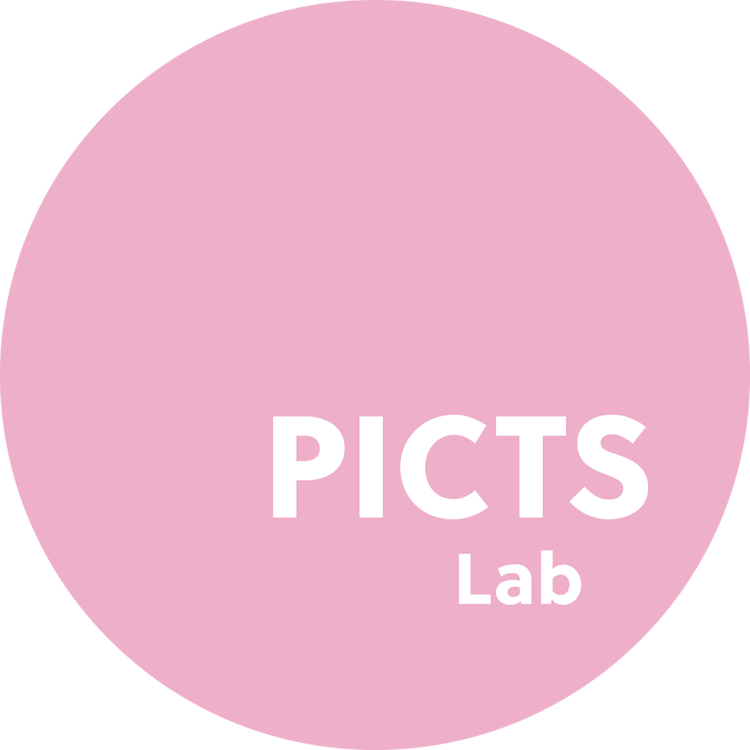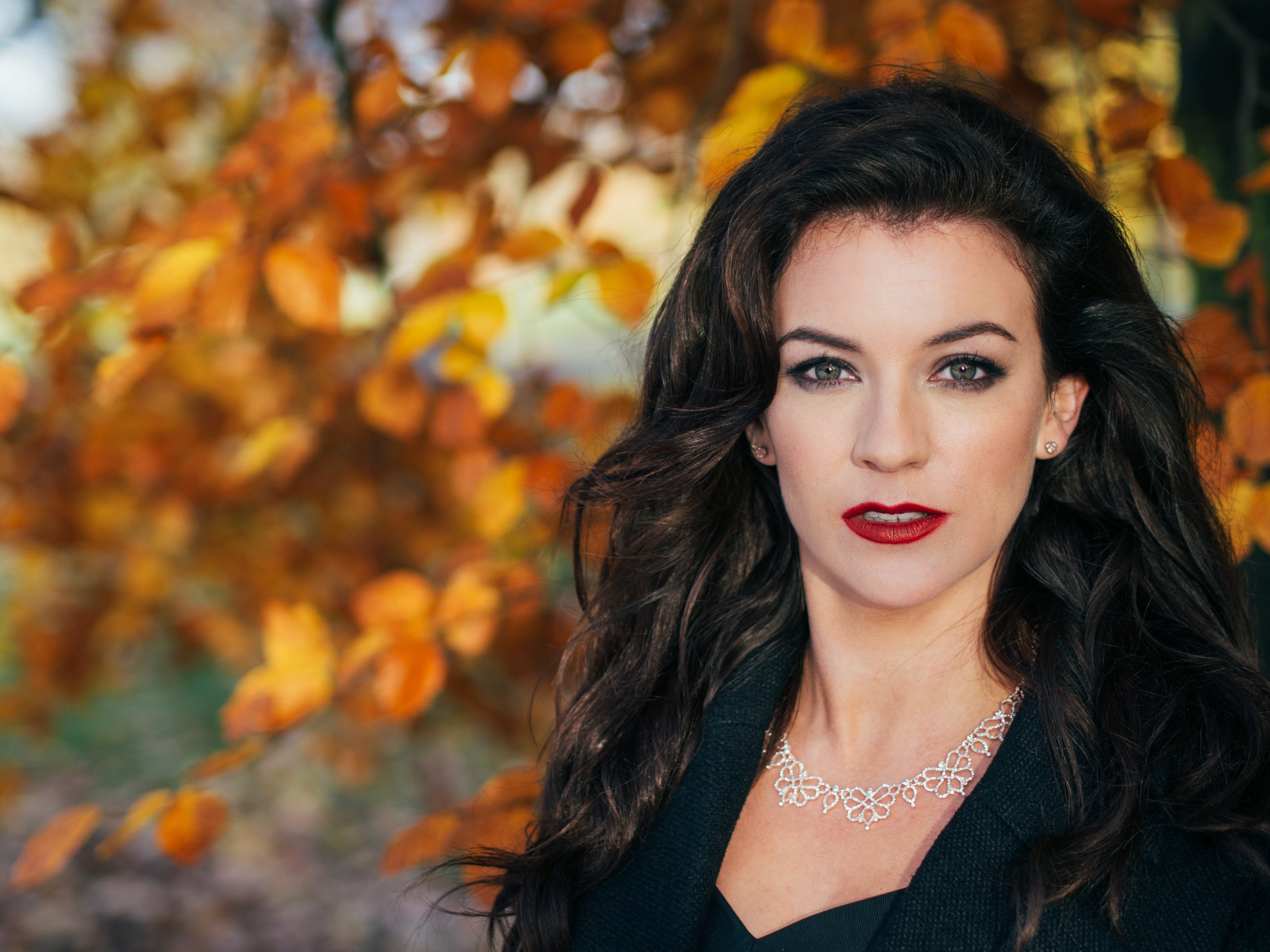Fashion photography is an ever-evolving field that combines art, style, and glamour. Whether you're a professional or an aspiring photographer, understanding the nuances of this niche can help you create stunning visuals that leave a lasting impression. In this article, we'll explore essential tips and tricks for mastering fashion photography, from choosing the right gear to nailing the perfect shot.
1. Choosing the Right Gear
Our favourite camera to get professional results on a tight budget. The Canon 5D Classic
Selecting the right gear can make or break your fashion photography. Here's a quick rundown of the essential equipment you'll need:
Camera: A great budget camera for beginners that we love to recommend is the affordable Canon 5D Classic, which is perfect for getting into DSLR photography. If you have a slightly larger budget, the Canon 5D Mark III offers everything you need for professional-quality portraits.
Lenses: A 50mm focal length, like the Canon 50mm 1.8, is ideal for street portraits as it provides a bit of context. For a more formal look in the studio, an 85mm lens, such as the Canon 85mm 1.8, is perfect.
Remember, buying used gear is a great way to save money. We recommend using MPB to buy and sell your camera gear and find used cameras at some of the most competitive prices.
Canon 5D, 50mm 1.8, edited with PICTS Lab ‘Gold 200’ preset from the ‘Kodak Film’ pack.
2. Mastering Composition and Lighting
Proper composition and lighting are crucial in fashion photography. Here are some tips to help you excel in these areas:
Focus on the eyes: Make sure your camera is focused on the model's eyes, as they are the most expressive feature of the face.
Shoot in good light: Aim to shoot in well-lit environments to keep the ISO low and reduce grain in your photos.
Experiment with angles: Get creative with your angles to add depth and interest to your shots. This can involve shooting from above, below, or even at eye level.
3. Perfecting Your Settings
Understanding your camera settings can make a world of difference in your fashion photography:
Aperture: Start with an aperture of around f/5.6 to create some separation from the background while keeping all facial features in focus.
ISO: Keep your ISO low to minimize grain and noise in your images.
Shutter Speed: Use a fast shutter speed to freeze motion and avoid camera shake.
4. Develop Your Style
Developing your unique style as a fashion photographer is essential. Study the work of famous fashion photographers like Pamela Hanson, Annie Leibovitz, and David Bailey for inspiration. Experiment with various sub-genres, including editorial fashion photography, high fashion shoot, and outdoor fashion photography, to find your niche.
5. Post-Processing
Editing is a critical part of the fashion photography process. All the photos featured in this article have been edited using PICTS Lab presets. Our Lightroom Preset packs, such as the PICTS Lab Kodak Film pack and the PICTS Lab Fujifilm pack, allow you to achieve the film look with just one click. PICTS Lab presets make editing photos easy and fast, whether you're shooting weddings, portraits, food, street photography, or just for fun.
6. Collaboration and Networking
Collaboration is key in the world of fashion photography. Build relationships with stylists, makeup artists, and models to create a team that can bring your vision to life. Attend industry events, workshops, and photography meetups to network with fellow professionals and discover new opportunities.
85mm 1.8, edited with PICTS Lab PL2 preset from the ‘Signature Collection’ preset pack.
7. Directing Your Models
As a fashion photographer, it's crucial to know how to direct your models and help them feel comfortable in front of the camera:
Communicate: Share your vision with the model and discuss the mood and poses you're aiming for.
Demonstrate: Show the model the poses you'd like them to strike, and don't hesitate to step in front of the camera to demonstrate.
Encourage: Offer encouragement and feedback throughout the shoot to help the model feel confident and at ease.
8. Scouting Locations
Choosing the right location for your shoot can have a significant impact on the final result. Whether you're shooting in a studio or outdoors, consider the following factors:
Background: Look for backgrounds that complement your subject and don't distract from the focus of the image.
Lighting: Natural light is ideal, but if you're shooting indoors, ensure there's enough light to achieve the desired effect.
Permissions: Always obtain permission to shoot at a location, especially if it's on private property.
Canon 50mm 1.8, edited with ‘Ektar 100’ preset from the ‘Kodak Film’ preset pack.
9. Building Your Portfolio
A strong portfolio is essential for showcasing your talent and attracting clients. Create a professional website that displays your best work, and update it regularly with new projects. Include a diverse range of styles and techniques to demonstrate your versatility as a photographer.
10. Stay Up-to-Date with Industry Trends
Fashion photography is an ever-changing field, and staying current with the latest trends is essential. Follow fashion blogs, magazines, and social media accounts to keep up with emerging styles and techniques. Attend industry events and workshops to learn from other professionals and stay ahead of the curve.
In conclusion, mastering the art of fashion photography takes time, dedication, and a willingness to learn and grow. By following these tips and continually honing your skills, you'll be well on your way to creating stunning fashion images that captivate audiences and make a lasting impression.
Get the Gear From This Article
This page includes affiliate links. If you click and purchase, we may receive a small commission at no extra cost to you. We only recommend tools and companies we have personally vetted.






